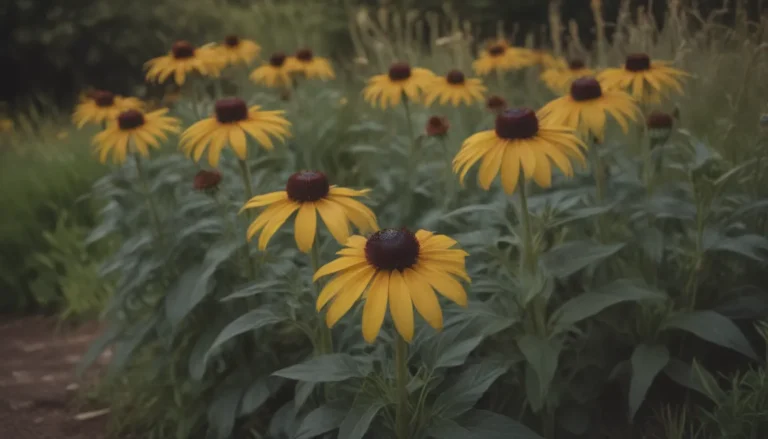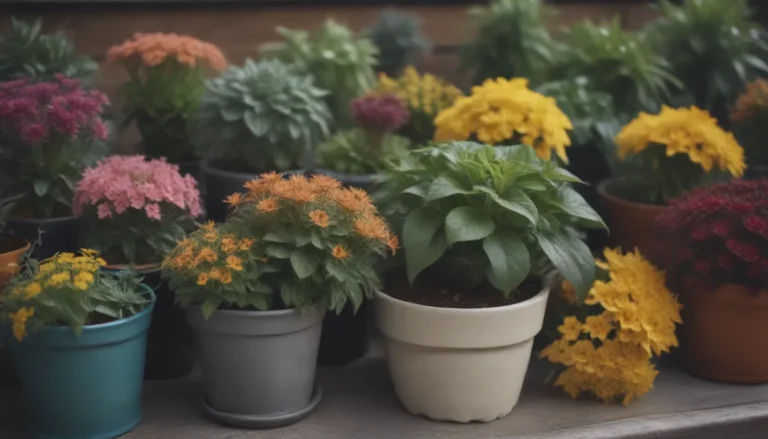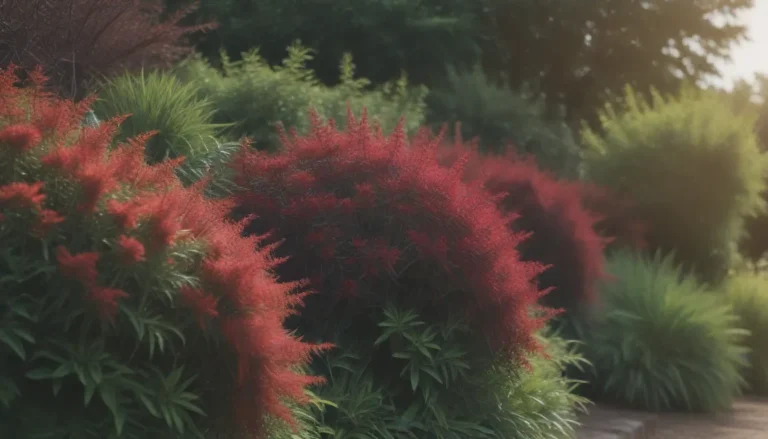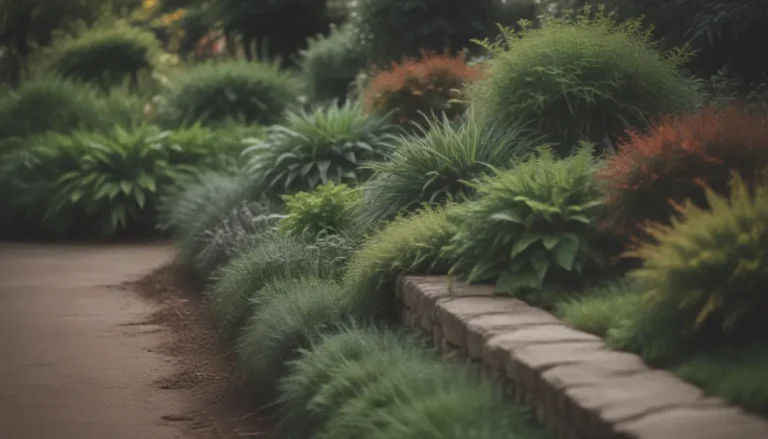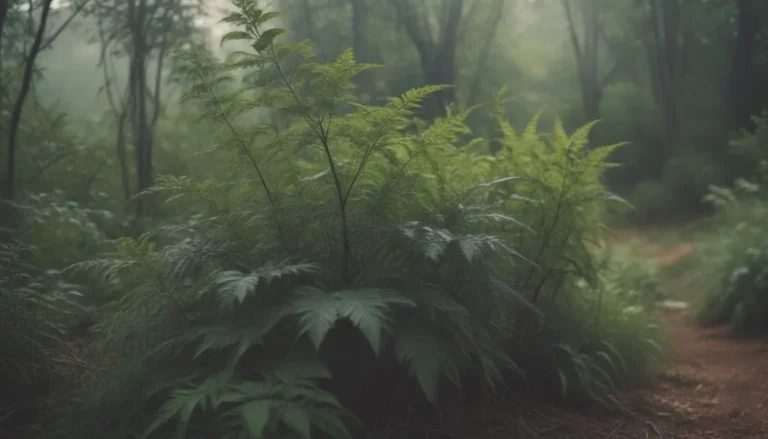How to Successfully Grow and Care for Your String of Dolphins Plant
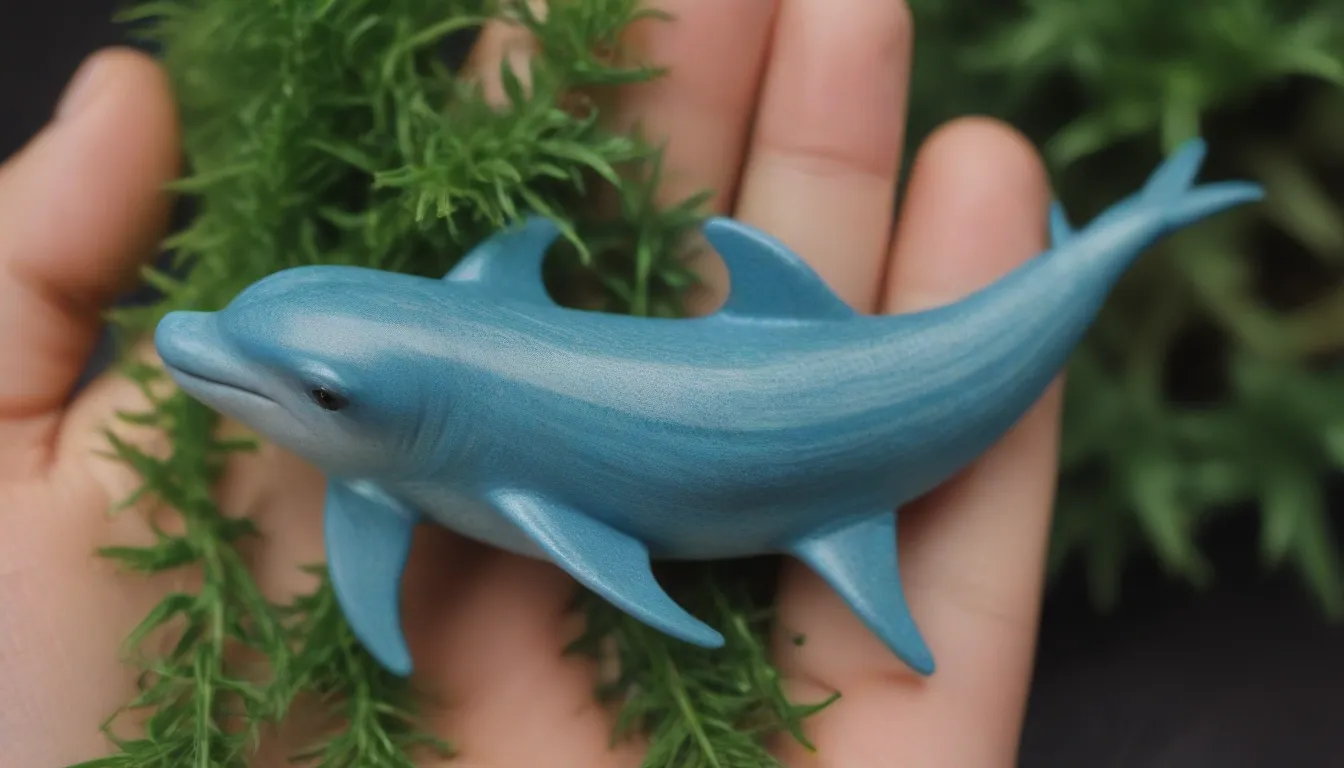
Welcome to the wonderful world of string of dolphins plants! If you’re a fan of unique and charming houseplants, you’ve likely come across this vining succulent with leaves that resemble playful dolphins leaping through the air. With their whimsical appearance and easy care requirements, string of dolphins plants have become a favorite among plant enthusiasts.
In this comprehensive guide, we will dive into everything you need to know to ensure your string of dolphins plant thrives and flourishes in your home. From lighting requirements to pruning techniques, we’ve got you covered. So sit back, relax, and let’s embark on this exciting journey of caring for your string of dolphins plant.
Understanding the String of Dolphins Plant
Before we delve into the specifics of caring for your string of dolphins plant, it’s essential to understand the basics of this unique succulent. Here are some key points to note about the string of dolphins plant:
- Scientific name: Senecio peregrinus
- Common names: String of dolphins, flying dolphins, dolphin plant
- Characteristics: Vining succulent with folded leaves resembling leaping dolphins
- Toxicity: Mildly toxic to humans and pets
- Growing conditions: Requires full sunlight and well-draining soil
Now that we have a good grasp of what the string of dolphins plant entails let’s move on to the essential care guidelines to help your plant thrive.
String of Dolphins Care Tips
String of dolphins plants are generally low-maintenance succulents, making them an excellent choice for both novice and experienced plant owners. Here are the key care tips to keep in mind when growing a string of dolphins plant:
Light
- String of dolphins plants thrive in bright, indirect sunlight. Aim for at least six hours of sunlight per day.
- A south-facing window is ideal, but if natural light is limited, consider supplementing with grow lights to ensure your plant receives adequate light.
Soil
- Opt for a well-draining soil mix tailored for succulents and cacti.
- You can create your own soil mix by combining 2 parts potting soil, 1 part pumice or perlite, and 1 part sand.
Water
- String of dolphins plants are drought-tolerant and do not require frequent watering.
- Allow the soil to dry out completely between waterings to prevent root rot. Water deeply when needed, and reduce watering during the plant’s dormant period in fall and winter.
Temperature and Humidity
- String of dolphins plants prefer average household temperatures and humidity levels.
- They can withstand cooler temperatures compared to other succulents, with tolerance down to 40 degrees Fahrenheit (4 degrees Celsius).
Fertilizer
- Avoid over-fertilizing your string of dolphins plant, as it can cause the leaves to lose their distinctive dolphin shape.
- A light feeding with organic fertilizers like worm compost or liquid kelp in early spring can help boost growth and blooming.
Pruning Techniques for a Fuller String of Dolphins Plant
Pruning is a vital aspect of caring for your string of dolphins plant, as it helps maintain its shape and encourage healthy growth. Here are some pruning tips to optimize the growth of your plant:
- Prune your string of dolphins plant during the spring or summer months when it is actively growing.
- Cutting back leggy vines near the base can promote bushier growth and rejuvenate the plant’s appearance.
- You can propagate the pruned cuttings by planting them back into the pot, enhancing the fullness of your string of dolphins plant.
Propagating Your String of Dolphins Plant
One of the joys of owning a string of dolphins plant is the ease of propagation. You can create new plants from your existing one using stem cuttings. Here’s how to propagate your string of dolphins plant effectively:
- Take stem cuttings during the spring or summer months using sharp garden shears.
- Place the cuttings in water or soil, ensuring they have adequate moisture until roots develop.
Repotting Your String of Dolphins Plant
While string of dolphins plants can thrive in slightly root-bound conditions, they will benefit from repotting every few years to refresh the soil and provide more space for growth. Follow these repotting guidelines to keep your plant healthy:
- Choose a pot with drainage holes to prevent waterlogging and root rot.
- Increase the pot size gradually, typically moving up one size larger when repotting.
- Consider using a terracotta pot to help absorb excess moisture and promote better drainage.
Dealing with Pests and Diseases
String of dolphins plants are relatively resistant to pests and diseases, but occasional issues may arise. Here are some common problems to watch out for and how to address them effectively:
Common pests:
- Aphids, mealybugs, scale, and spider mites can infest string of dolphins plants.
- Early detection and prompt treatment using insecticidal soap or neem oil can help control these pests.
Plant diseases:
- Root rot is the most common disease affecting string of dolphins plants, usually caused by overwatering.
- Ensure proper watering practices, well-draining soil, and adequate ventilation to prevent root rot.
Encouraging Blooms on Your String of Dolphins Plant
Seeing your string of dolphins plant bloom is a rewarding experience. Follow these tips to encourage blooming and enjoy the delightful flowers of your plant:
- Provide ample sunlight to promote blooming, supplementing with grow lights if needed.
- Water deeply and infrequently, allowing the soil to dry out between waterings.
- Avoid overwatering, as it can hinder blooming and lead to root issues.
Addressing Common Problems with String of Dolphins Plants
While string of dolphins plants are relatively easy to care for, a few common issues may arise. Here are some troubleshooting tips for maintaining a healthy and vibrant plant:
Shriveling leaves:
- Shrinking leaves at the base of the plant can indicate underwatering or natural growth patterns.
- Ensure the soil dries out between waterings, and water deeply when needed to prevent shriveling.
Inadequate sunlight:
- Insufficient light can result in poor growth and lack of blooming in string of dolphins plants.
- Position your plant near a sunny window or supplement with grow lights to provide adequate light levels.
In conclusion, growing and caring for a string of dolphins plant can be a rewarding experience. By following the guidelines outlined in this comprehensive guide, you’ll be well-equipped to nurture a healthy and thriving plant in your home. Remember to tailor your care routine to the specific needs of your plant and enjoy watching your string of dolphins flourish and bloom. Happy gardening!
